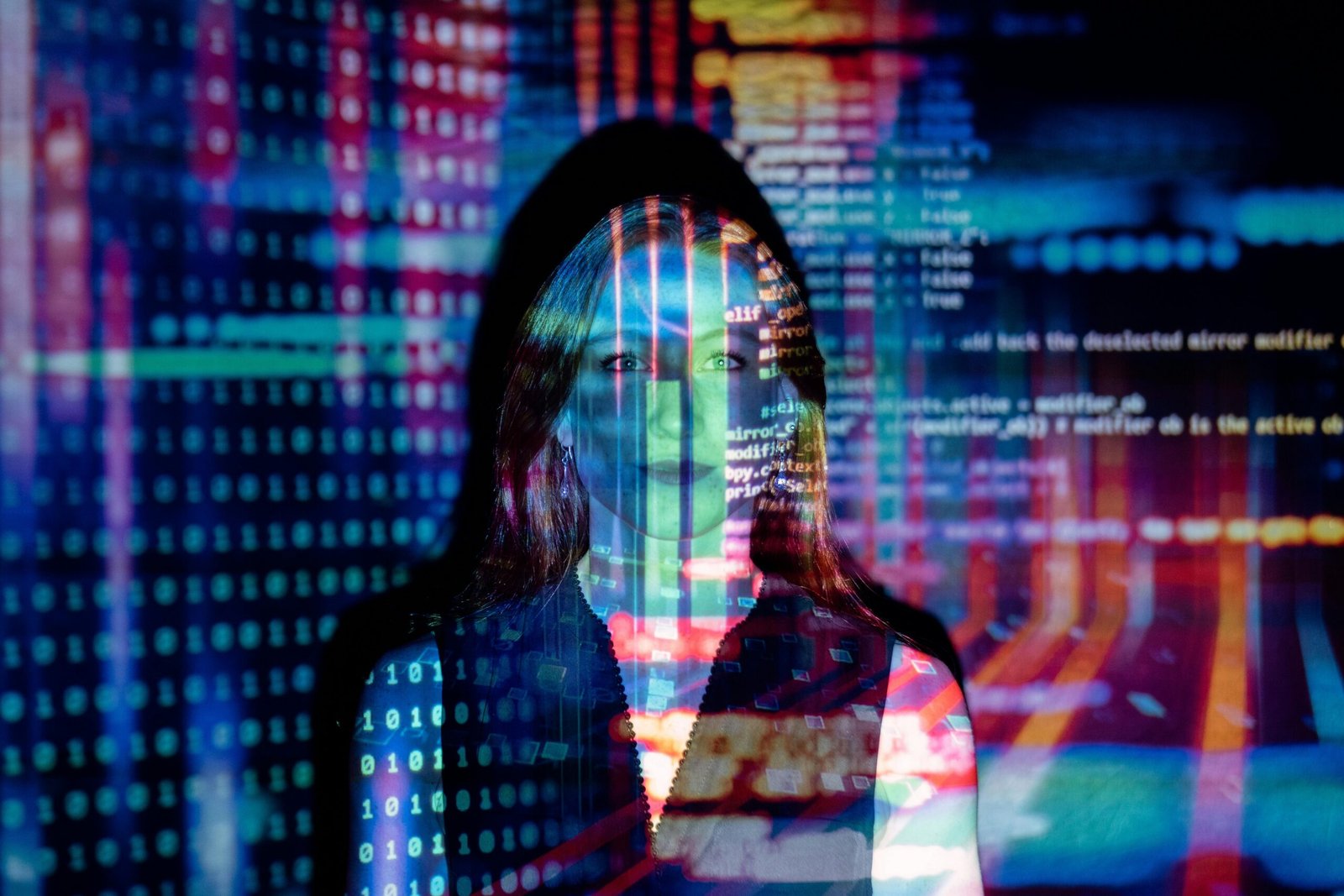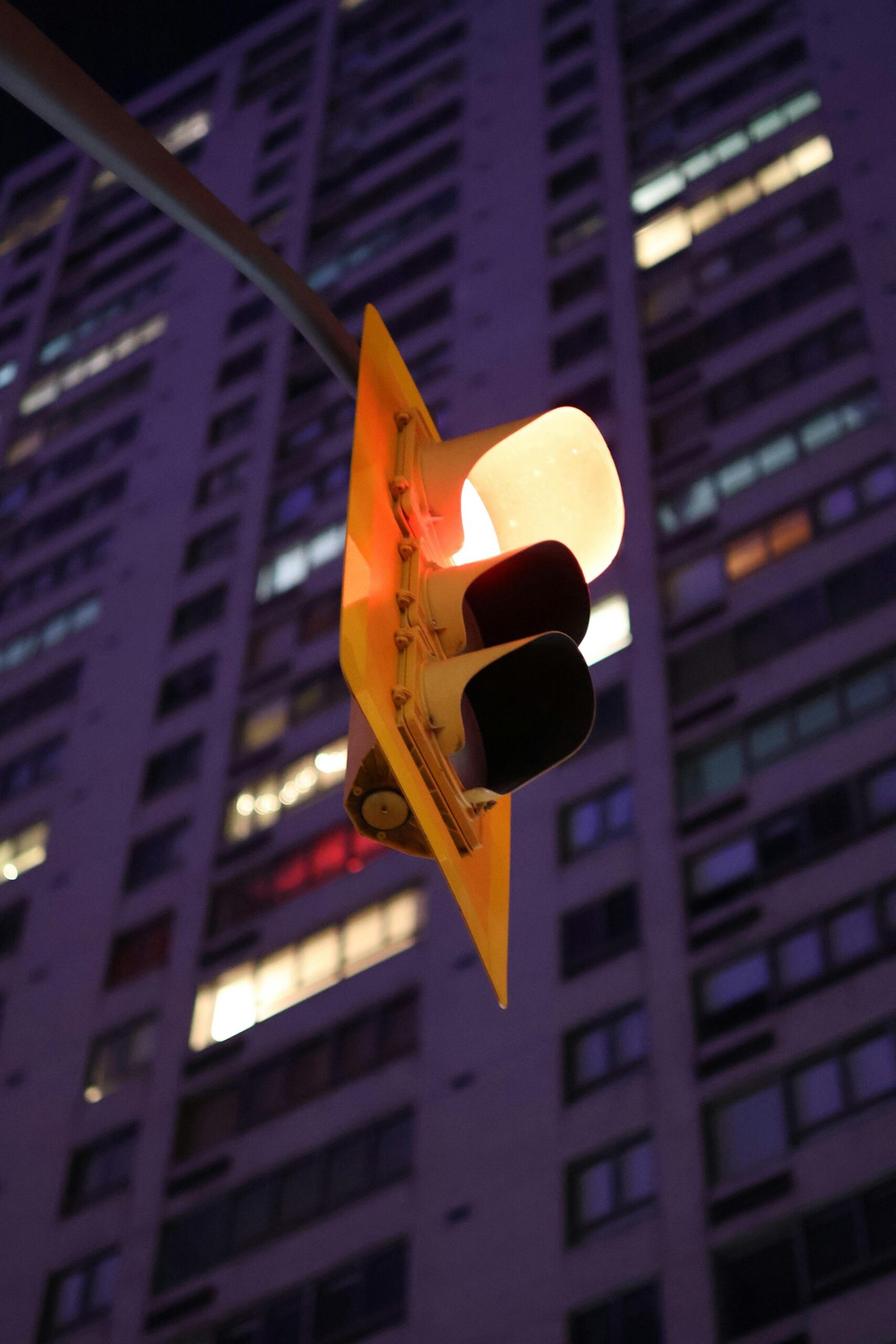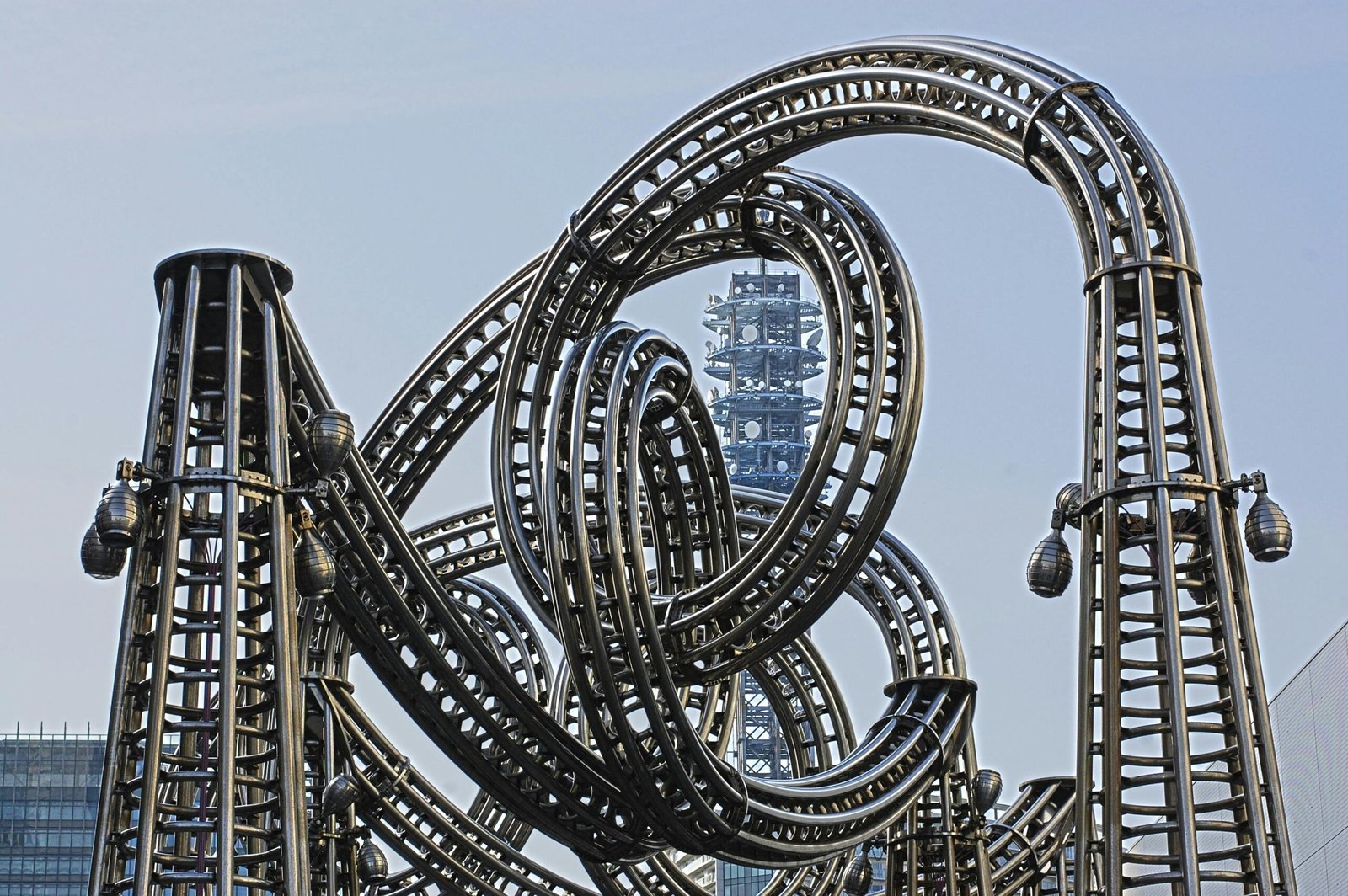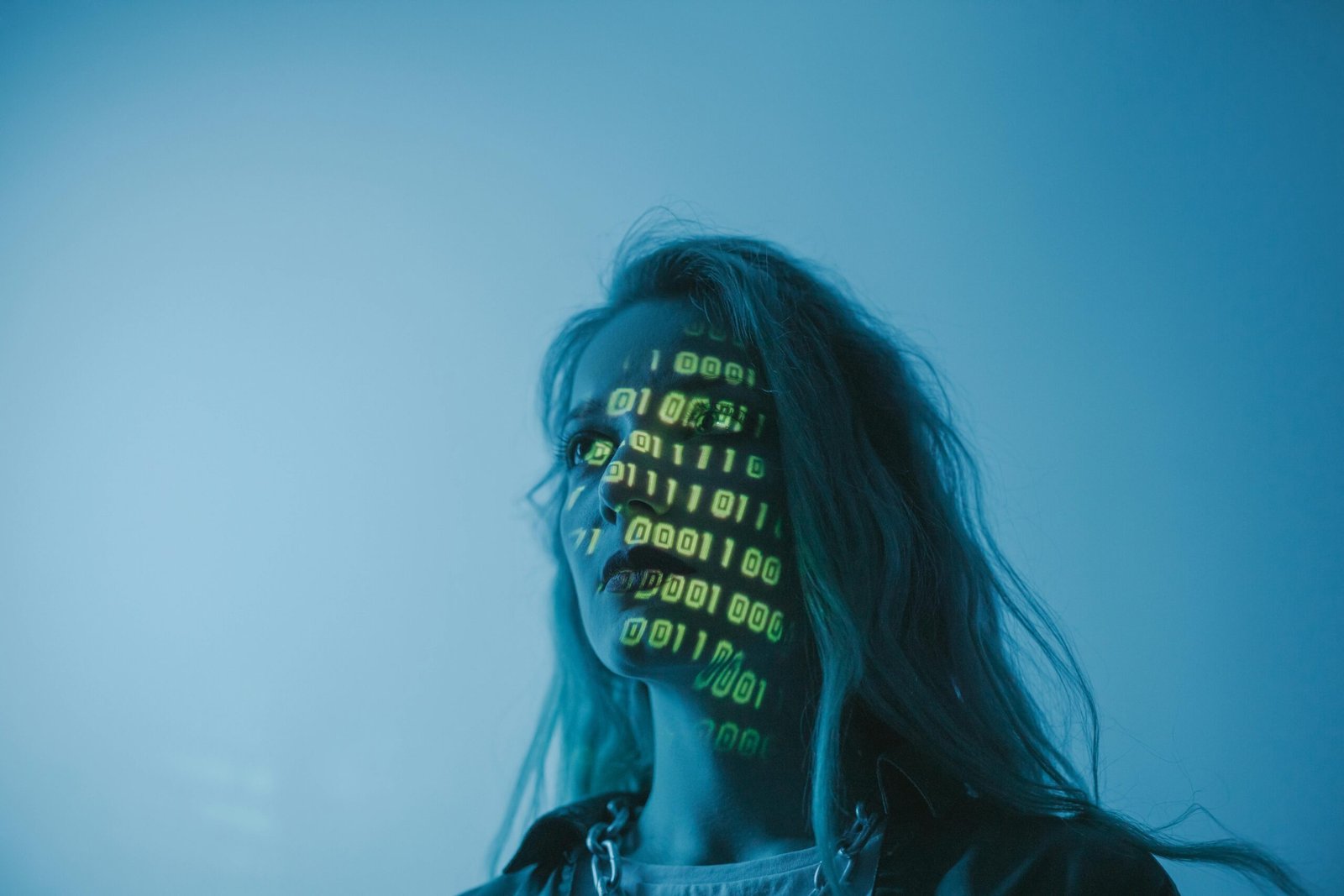test
It’s getting harder every day to know whether the clip you’re watching was shot in a real studio or generated by AI. With deepfakes everywhere, false or misleading videos can slip into your feed and fool even the most sceptical viewer. In this post, we’ll break down six easy signs—plus some free tools—that anyone can use to check if a video is genuine.
1. Look for odd facial movements
Real people rarely move exactly like CGI characters. Watch for:
- Unnatural blinking (too fast or too slow)
- Mouth and jaw that don’t match speech rhythm
- Flickering or mismatched shadows on the face
2. Check the lighting and reflections
AI often struggles to render consistent lighting. Pause the video and scan for:
- Reflections in glasses or eyes that don’t line up with the scene
- Changing light sources that flicker unnaturally
- Shadows that shift direction mid-clip
3. Inspect the background details
Generated scenes can fall apart around the edges. Watch for:
- Blurry or warped objects behind the subject
- Repeating patterns that seem tiled
- Hand-drawn-looking textures on walls or furniture
4. Listen for audio mismatches
AI voiceovers are getting better, but they still slip up. Keep an ear out for:
- Monotone delivery with no natural emphasis or emotion
- Background noise that suddenly disappears or loops
- Tiny delays between lips moving and sound
5. Use free deepfake-detection tools
Several online services let you upload a clip for a quick authenticity check:
- MIT’s VFrame (open-source, command-line)
- Deepware Scanner (mobile app)
- Amber Authenticate (free trial available)
6. Look up the source and context
A little homework goes a long way:
- Reverse-image search a screenshot to see where it’s appeared before
- Check reputable fact-checking sites like Snopes or AFP Fact Check
- Search for the video on the creator’s official channels
Detecting AI-made videos isn’t foolproof, but these simple checks make it much less likely you’ll be duped. At Second Signal, we believe questions break through algorithmic loops of misinformation. The next time you see something that doesn’t feel quite right, pause, inspect, and verify. In an age of hyper-real illusion, a bit of scepticism is your best tool.
For more on why healthy doubt matters, check out our post on how to research online.




